Global. The juxtaposition of the adjective with the Baroque artistic season in Rome in the title of the exhibition at the Scuderie del Quirinale, through July 13, communicates with the force of synthesis the sense of the scholarly project curated by Francesca Cappelletti and Francesco Freddolini, organized together with the Galleria Borghese, with the institutional collaboration of ViVE Vittoriano and Palazzo Venezia and Gallerie Nazionali d’Arte Antica Barberini Corsini, with the extraordinary participation of the Papal Basilica of Santa Maria Maggiore. “Global” immediately evokes the modern phenomenon of globalization. Understood as worldwide interconnectedness, it was already happening in the seventeenth century, especially thanks to the expansion of trade and geographical exploration. So we can also say that the exhibition Global Baroque. The World in Rome in Bernini’s Century is the staging of a “proto-globalization,” as A.G. Hopkins and Christopher Bayly. The two historians first used this term to refer to that phase characterized by growing trade links and cultural exchange that characterized the period, between the 16th and 17th centuries, immediately preceding the advent of “modern globalization” in the late 19th century. We are in the era of the rise of European maritime empires, first the Portuguese and Spanish empires, later the Dutch and then the British empires. In the 17th century, world trade developed further when trading organizations such as the British East India Company came on the scene.
It is against the backdrop of this early interconnected modern horizon that the dimension of cultural globalization is implanted, of which the exhibition identifies Rome, “accustomed more than any other to confrontation with different and distant worlds” - the Americas, Africa and Asia - as the epicenter. And again, reads the press release, “Seventeenth-century Rome is a node of artistic synergies like no other capital city in the world at that time”; “a crucial junction of a complex network of relationships that embraced the entire then known world; it is the ”pivotal center of the Western artistic canon“ in relation to ”cultural universes outside and alien to that canon." A Romacentrism in the seventeenth century, then, which leaves no place, however, in the reading proposed in the exhibition itinerary, for other champion cities of the Baroque, above all Naples, at that time the second city in Europe, but also Florence, Venice and Genoa. So it would be interesting to know what an analyst of the culture of Modernity, Michele Rak, who has dedicated important publications(L’occhio barocco; A dismisura d’uomo) to this historical, cultural and artistic temperament, thinks about it.
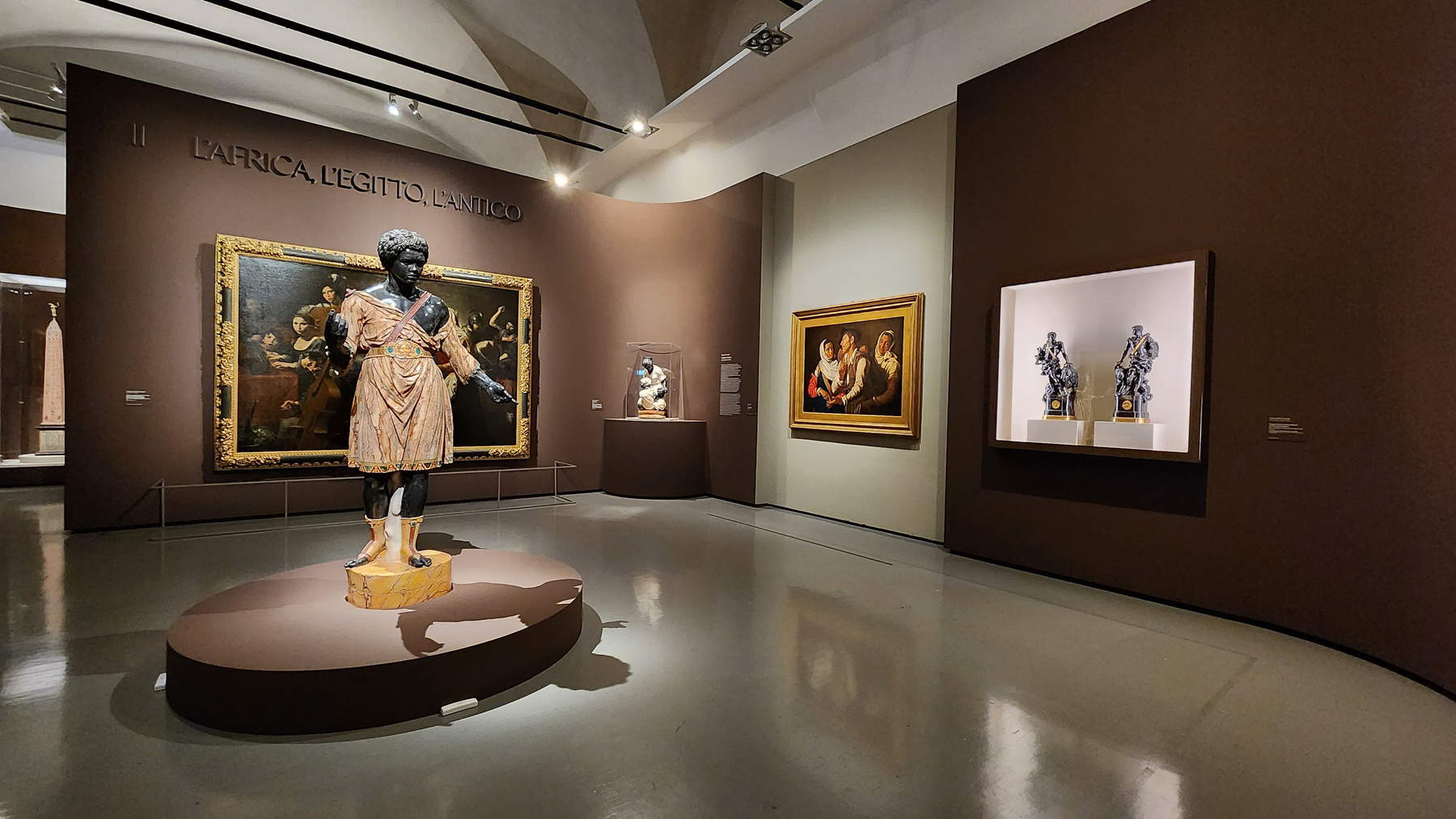
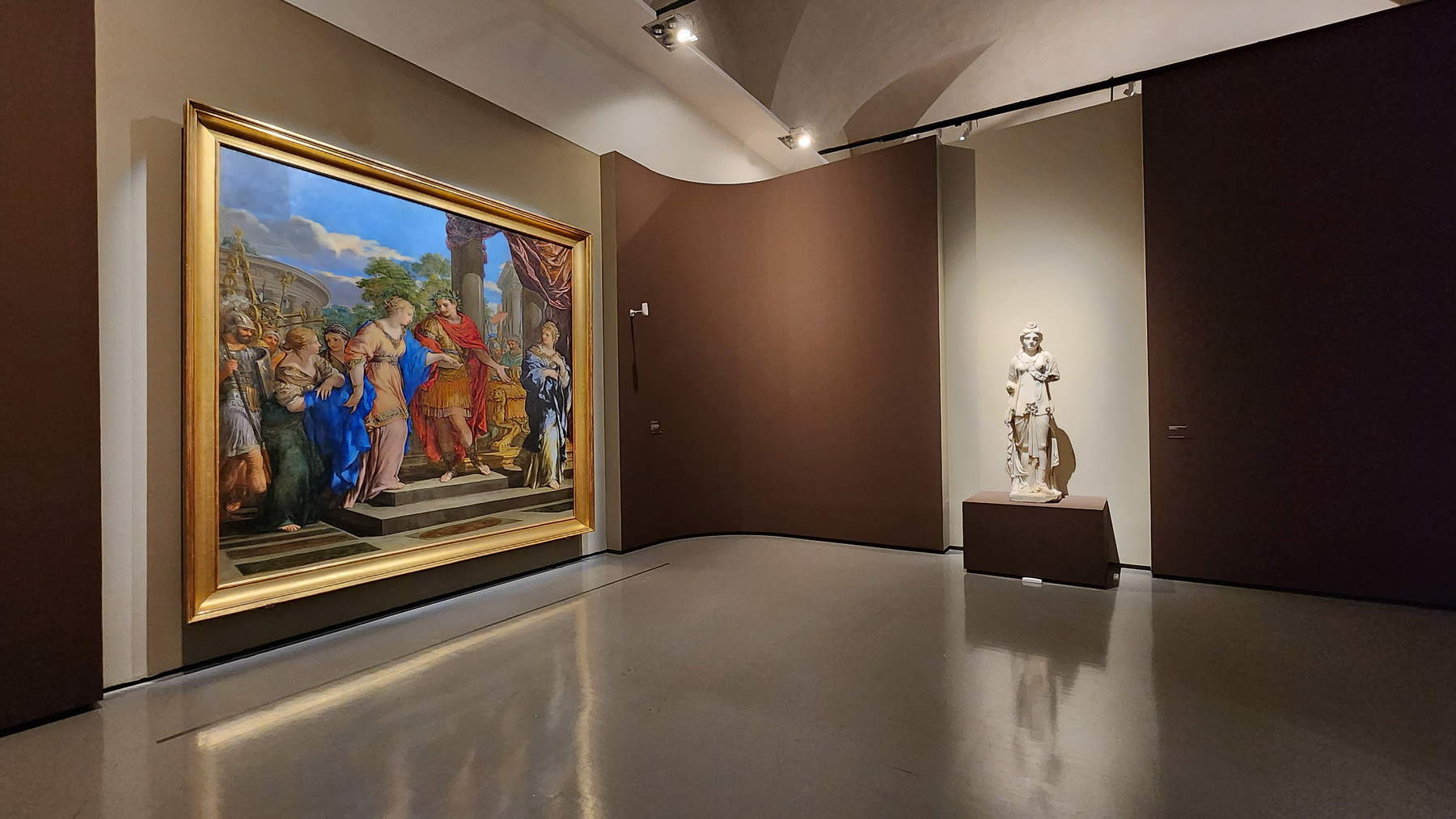
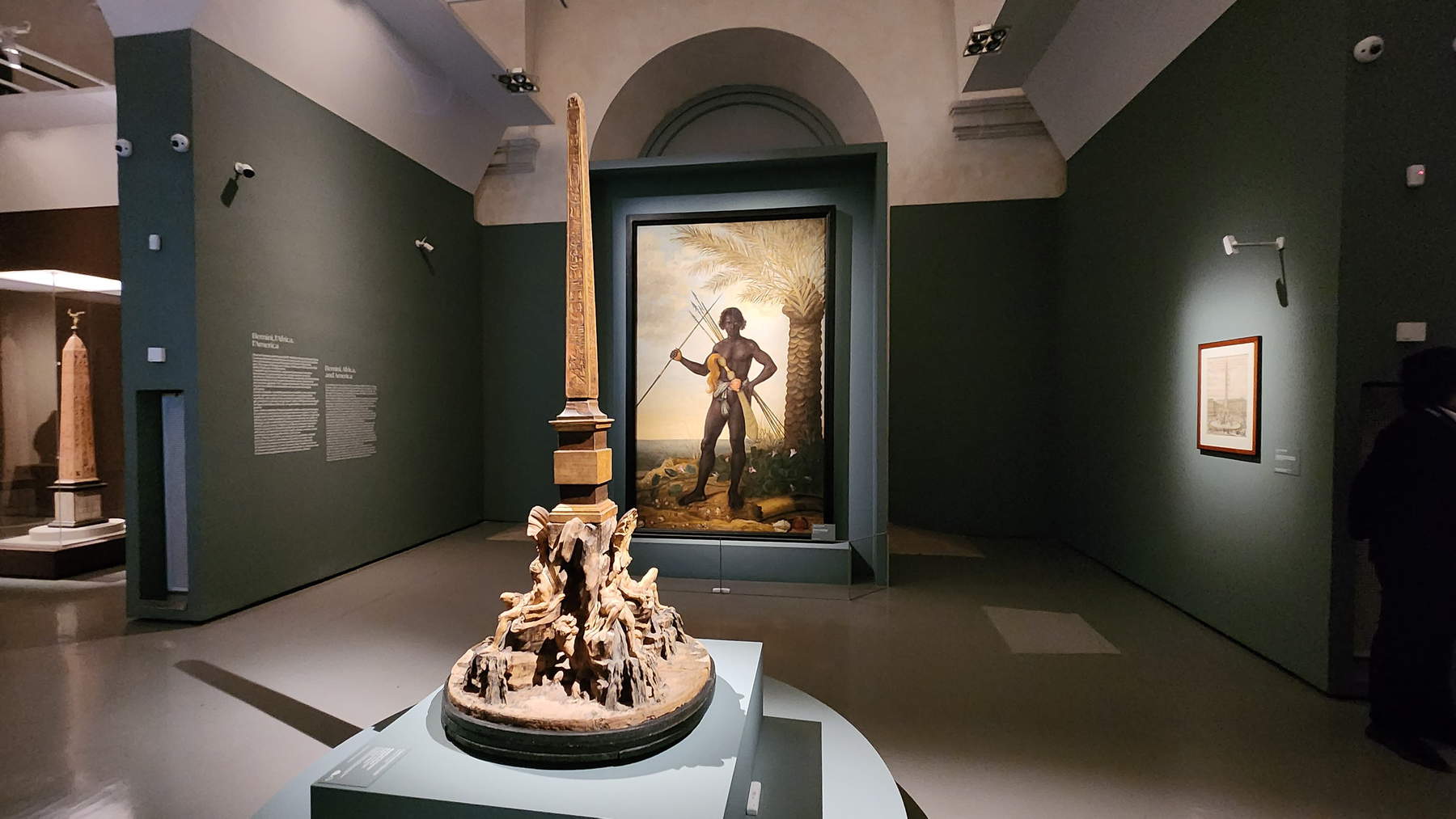
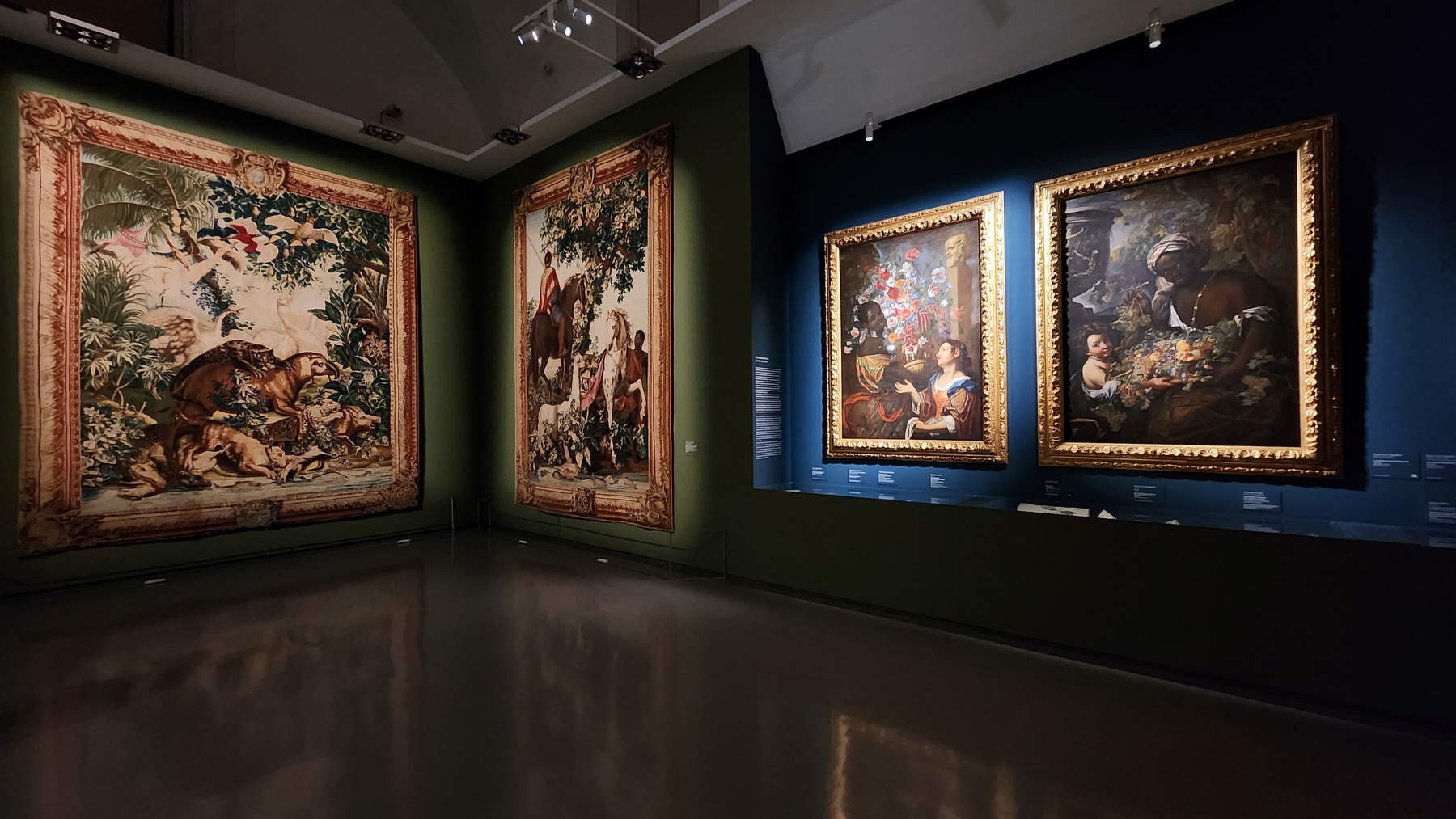
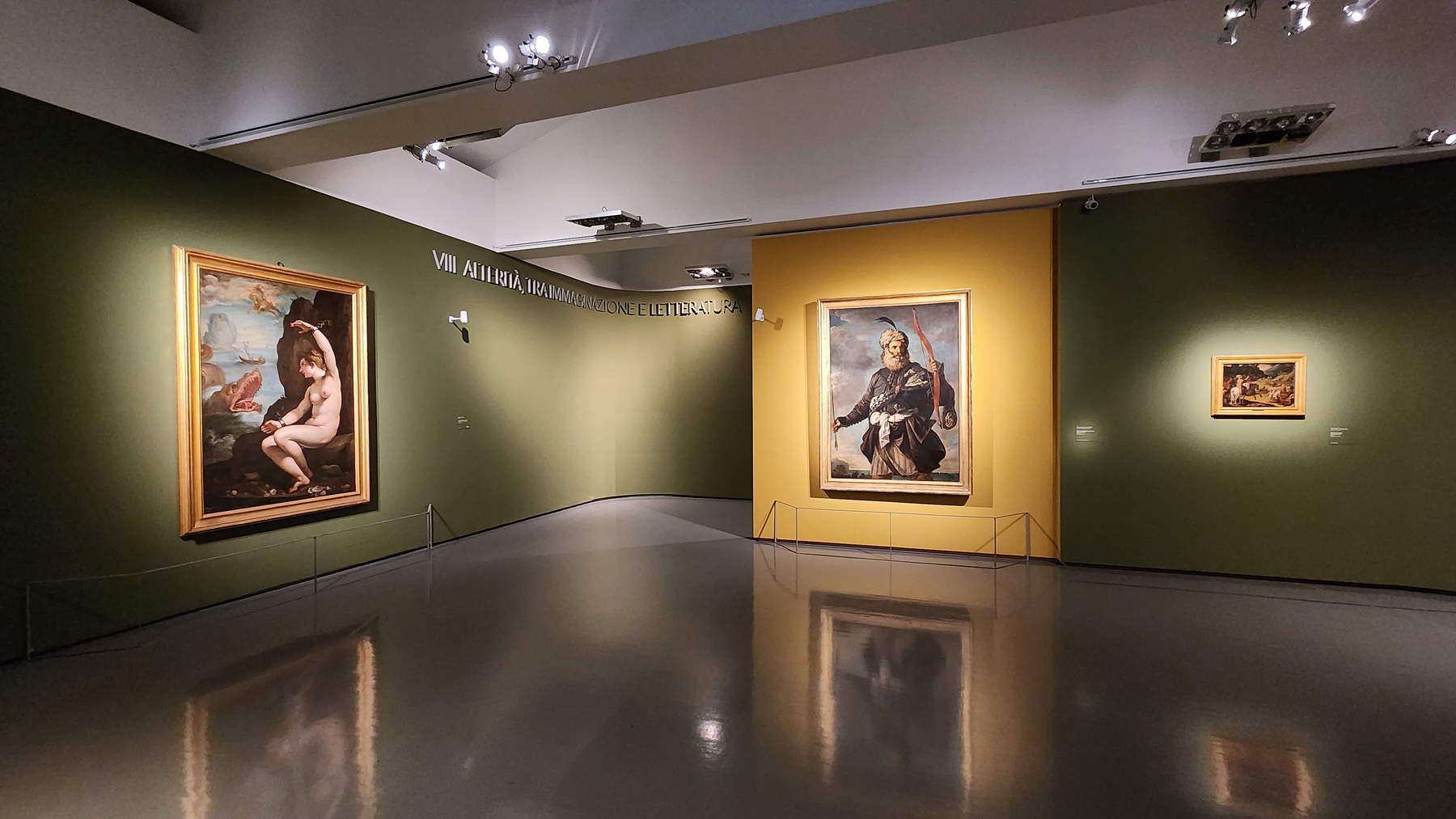
The primacy of Rome is celebrated in the nine sections, on two floors, covering a time span from the time of Paul V Borghese to the entire seventeenth century, through one hundred works: paintings and sculptures by the great masters of the Baroque period (Bernini, Van Dyck, Poussin, Pietro da Cortona, Lavinia Fontana, Nicolas Cordier, Pier Francesco Mola and others), flanked by drawings, engravings, tapestries, sacred hangings and other precious artifacts of European and non-European origin, on loan from the most important museums in the world, including the Musée du Louvre, the Rijksmuseum, the Prado Museum, the National Gallery of Ireland, and the Victoria and Albert Museum.
Also linked to the exhibition are a series of special tours dedicated to one of the most important rooms of the Quirinal Palace, the Salone dei Corazzieri (formerly the Sala Regia), with its extraordinary cycle of frescoes from 1616 in which ambassadors from Africa, Asia and the Near and Far East, received in Rome by Pope Paul V in the early seventeenth century, were immortalized by Agostino Tassi, Giovanni Lanfranco, Carlo Saraceni and others.
The exhibition at the Scuderie opens on the scenic display of the exhibition’s work-manifesto, the colored marble bust of Antonio Manuel Ne Vunda, by master sculptor Francesco Caporale, the leader of polychrome proto-Baroque sculpture in Rome. Ne Vunda, ambassador of the Kingdom of the Congo (1608), was the first African diplomat to reach the Holy See and the first man of African descent tributed the honor of a funerary monument in a sacred place, equal in prestige and dignity to those of the local aristocracy. Housed in the Papal Basilica of St. Mary Major, the bust was exceptionally loaned in the Jubilee year at the express wish of Pope Francis. For the occasion, it was restored with funds from Ales SpA, under the superintendence of the Directorate of Museums and Cultural Heritage of the Governorate of Vatican City. Along with the bust, well introduces the theme of the entire exhibition and the following sections The Carousel in the courtyard of Palazzo Barberini in honor of Christina of Sweden on Feb. 28, 1656 (Rome, Museum of Rome), by Filippo Lauri and Filippo Gagliardi, where the ethnic diversity of the spectators is noted.
We then proceed to the second section of the exhibition, “Africa, Egypt, the Ancient,” divided into two spaces by a partition. In the first, the interest in the sub-Saharan ethnographic dimension is followed through the frequent introduction in genre painting and sculpture of dark-skinned figures, as seen in the statue of Young African (1607-1612, from the Muséand du Louvre) by Nicolas Cordier, made by integrating ancient fragments to give rise to a new creation, as in the bust of Ne Vunda; in Bartolomeo Manfredi’s The Good Fortune (c. 1616-1617, Detroit, Detroit Institute of Arts ); or again in theMerry company with fortune-teller (1631, from the princely collections of Lichtenstein), by Valentin de Boulogne, where the Roma’s skin color is due to the erroneous reconnection of these communities to an Egyptian origin, a belief confirmed in the verso of the painting of La Buona Ventura (1617, Rome, Gallerie Nazionali di Arte Antica - Palazzo Barberini), by Simon Vouet, where the subject is referred to as “Aegiptia, vulgo zingara” (“Egyptian, commonly called Gypsy”). It is no coincidence that Egypt was the region that, because of its close relationship with ancient Rome, served to reimagine Africa through antiquity and where to likely set Caesar putting Cleopatra back on the throne (ca. 1637, from the Musée des Beaux-Arts in Lyon), by Pietro da Cortona, displayed in the second space of the section.
The next one, “Bernini, Africa, America,” focuses on Baroque champion Gian Lorenzo Bernini, and the commission of the Fountain of Rivers in Piazza Navona, “the most celebrated ’global’ subject in all Baroque iconography,” with which the artist was able to give concrete form to the relationships that linked Europe, Africa, Asia and America. In the center of the room, the monumental sketch (presentation model in terracotta, carved wood, slate, gold and silver, 1647-50, from the Forti Bernini - Eredi Bernini collection), allows for an interesting comparison with the final version. While in the latter, in fact,
the figure corresponding to the Rio de la Plata, an allegorical personification of the African continent, shows somatic traits unmistakably sub-Saharan African, the sketch shows that it was originally conceived by Bernini according to the traditional iconography of the natives of the New World, demonstrating an early awareness on the part of the artist of the spread to the Americas of populations deported from Africa.
The fourth section, “The Church and the World,” explores the contribution that religious orders and missionary activity in general made in weaving Rome-centered cross-cultural relationships. Also divided into two spaces, in the first it presents the Portrait of Nicolas Trigault (c. 1617), a famous Jesuit missionary follower of Matteo Ricci, portrayed in Chinese clothing in Rubens’ atelier and preserved in Douai, Musée de la Chartreuse; as well as the altarpiecealtarpiece of the Collegio de Propaganda Fide painted by Giacinto Gimignani depicting the Adoration of the Magi (1634-35) and the Bozzetto for the vault of Sant’Ignazio (17th cent., Rome, Gallerie Nazionali di Arte Antica - Palazzo Barberini), by Andrea Pozzo. Some copies also exhibited in the room document the global circulation of sacred images, such as those of the Salus Populi Romani, the oldest and most famous sacred icon in Rome, in Santa Maria Maggiore, made in China by Chinese artists, and Carlo Maderno’s Saint Cecilia made by the Indian artist Nini, active in the Mughal court (ca. 1610). Closing the tour on the ground floor is the section “An Expanding Nature,” focusing on the collecting of rare plants and animals.

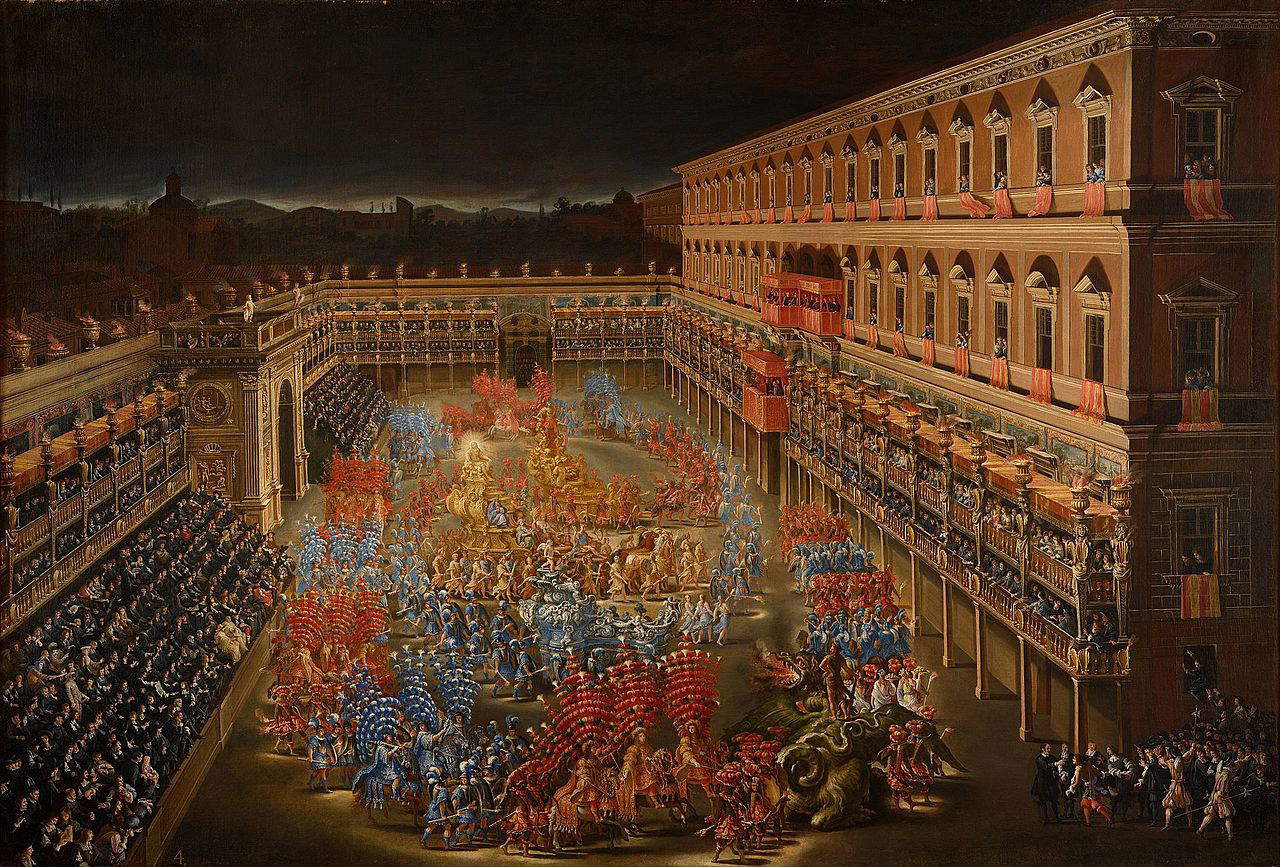


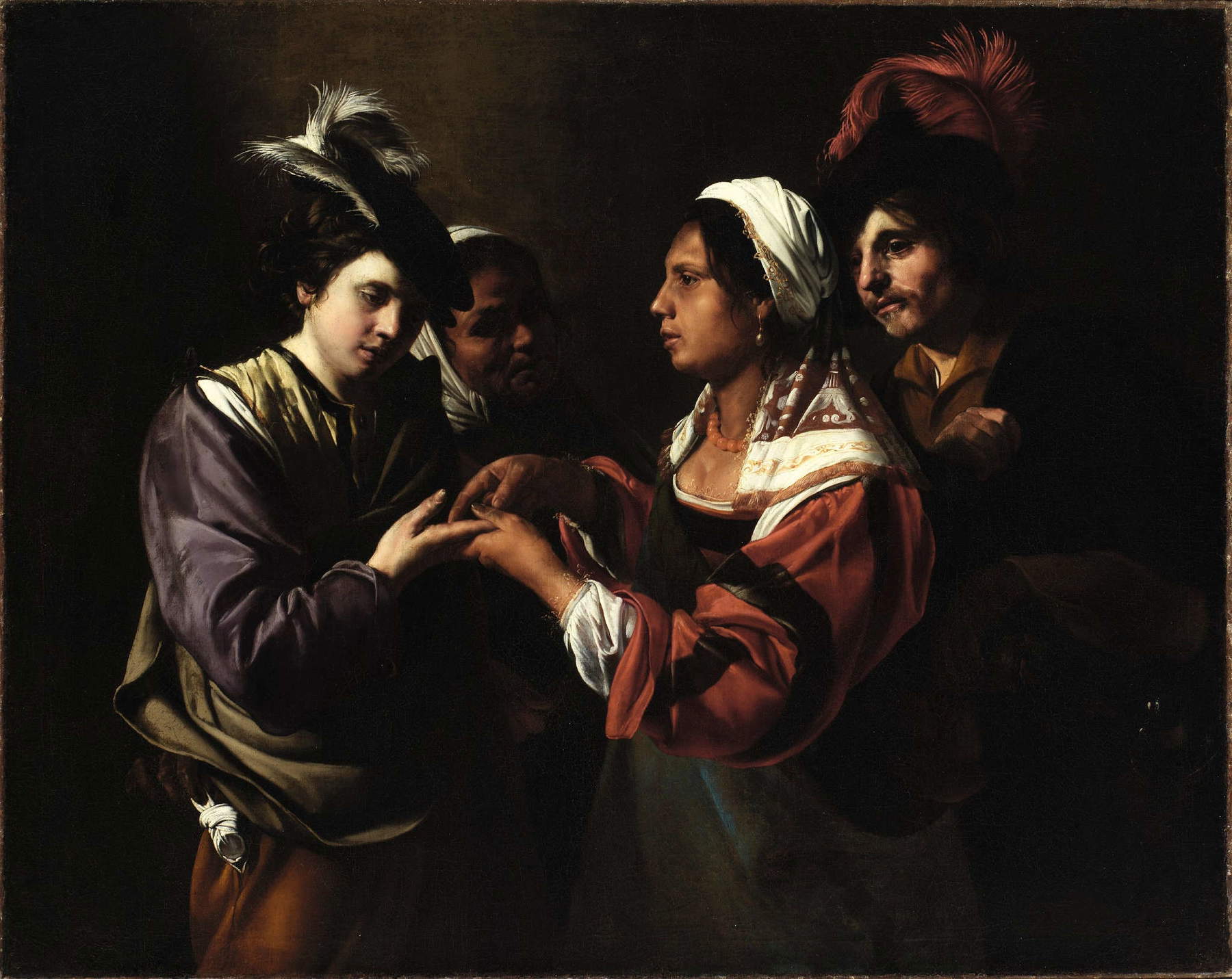

Before ascending to the second, the visitor is invited to pause in a “decompression room,” pausing for a behind-the-scenes look at a monitor on which the different stages of the installation flow. And it is precisely the latter that deserves a note. Engaging thanks to the wraparound counterwalls, which change color as the sections change, with display cases well sized in relation to the exhibits in dialogue with the paintings from near.
On the second floor it picks up in ideal connection with the beginning of the exhibition dedicated to Ne Vunda, who was an ambassador and thus also falls within the history outlined in the sixth section “Rome global diplomacy,” focusing on relations with Islamic cultures, from Persia, to the Ottoman Empire, and on to relations with Christian communities in early 17th-century Japan. In a central position stands a masterpiece only recently rediscovered, and presented to the public for the first time: the Portrait of the Persian Ambassador of Ali-qoli Beg (1609, Paris, Pinci Collection), by Lavinia Fontana. A painter of late Mannerism, she could be called the artist of firsts: the only female artist in the exhibition, she is remembered for being thefirst woman to paint an altarpiece and for painting the first female nude by a woman, Minerva in the act of adorning herself (1613, Borghese Gallery).
On the side wall runs a theory of long altarpieces with the Cavalcade of the Grand Turk and the Farewells of the Grand Turk (1628, Rome, Gallerie Nazionali di Arte Antica - Palazzo Barberini) by Giovanni Ferri known as Giovanni Senese, while on theother a blow-up reproduces and frames a design for the iconographic apparatus of the catafalque of Sitti Maani (1627, London, Jennifer Montagu Collection), the Persian wife of the Roman traveler Pietro della Valle to whom a solemn funeral was dedicated in 1627 in Santa Maria in Aracoeli. As with Antonio Manuel Ne Vunda, further evidence of Rome’s propensity to welcome foreigners.
The juxtaposition of different materials, beyond paintings and sculptures, from distant worlds is appreciated in the “Collecting the World” section, where some rare (due to the fragility of the materials) liturgical feather hangings of Central American manufacture are admired. Effective are some juxtapositions with manuscripts and drawings, such as that in one elegant display case, of a wooden mask of a Mexican deity along with a volume in which it is reproduced. “The presence of these objects in the context of the papal curia from the early sixteenth century onward shows how long and sedimented was the history of collecting that grew in the next century and was intertwined with antiquarian studies,” the curators explain.
In contrast, the section that follows feels the lack of such comparisons, all the more expected given that it is titled “Alterity between Imagination and Literature” and the romance to the literary source is explicit in the paintings on display, as with the Portrait of Maria Mancini Colonna disguised as Armida (c. 1669, Rome, Fondazione Palazzo Colonna), the Muslim sorceress from Torquato Tasso’s Gerusalemme Liberata, in dialogue with the Oriental Warrior painted by Pier Francesco Mola (1625-1650, Paris, Musée du Louvre) and with other paintings also drawn from Gerusalemme Liberata. Rutilio Manetti’sAndromeda Liberated from Perseus (c. 1611-1612, Rome, Galleria Borghese), with its diaphanous skin instead of the dark skin befitting an Ethiopian princess, panders to aesthetic canons of the context in which the artist was working, contradicting, however, that interest in the ethnographic dimension we observed in the works in the first section.
The tour concludes with the two portraits painted by Anton van Dyck in Rome in 1622 and never returned to Italy before, an exceptional loan from the English National Trust. They depict, Sir Robert Shirley, an English Catholic Ambassador to Persia, and his wife, Teresia Sampsonia, a Circassian woman, also a Catholic,
married by Shirley in Persia. After traversing Asia and Europe, Islam and Christianity, the two became inextricably linked to “Rome Crossroads of Cultures,” as the title of this last section states. On the level of exhibition design, the choice of minimal spacers on the ground (a strip and a sensor) for the two portraits that participate in the perspective framing of the painting that closes the exhibition, Hannibal Crossing the Alps (c. 1630, Collection of the Prince of Monaco), by Nicolas Poussin, is elegant. Although disguised as a history painting, the latter is also a portrait, of the elephant Don Diego who, born in India, crossed two continents to reach Rome.

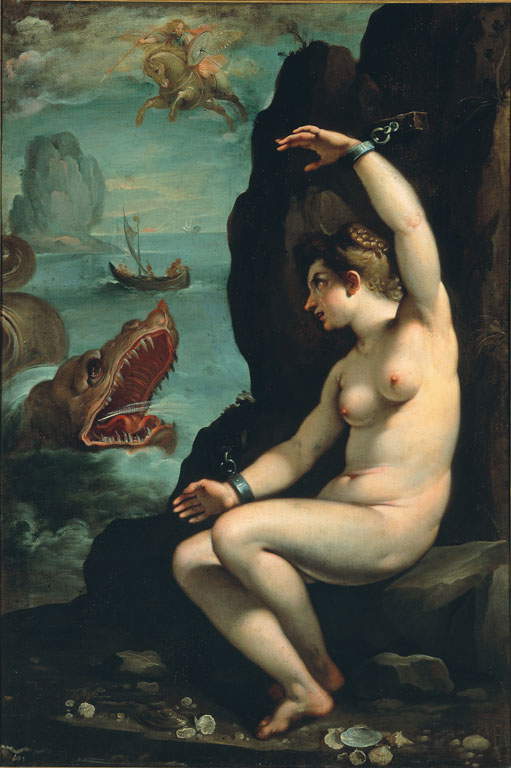
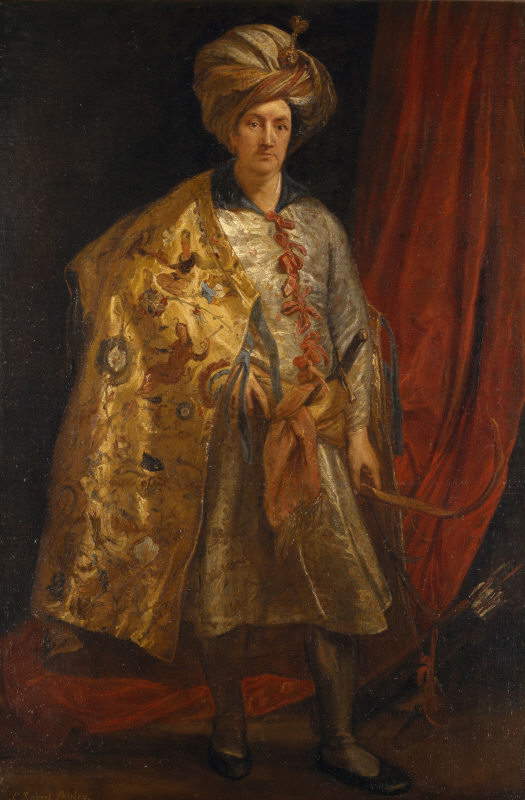
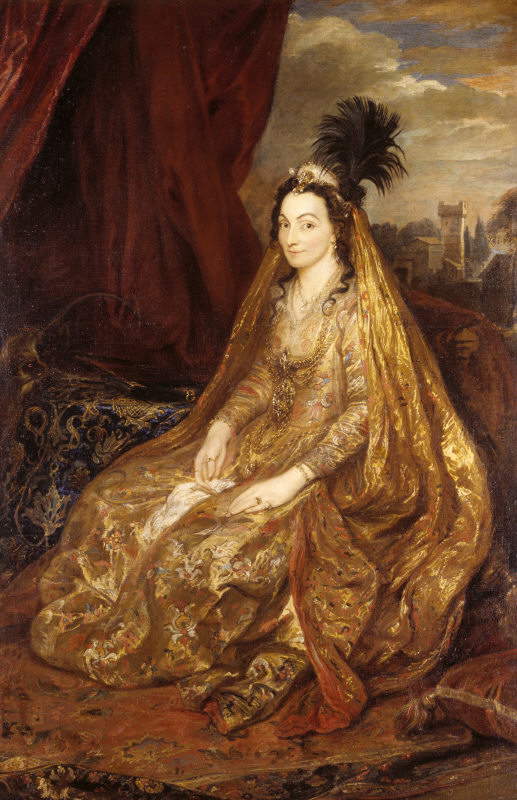
The limitation of the scholarly project, which claims the primacy of being the “first exhibition to explore the relations between Rome and the global world in the 17th century,” is measured in the attempt, far from easy let it be said, to make tangible “the impact that the universal and cosmopolitan vocation of the city of the popes” had on the arts during the seventeenth century through a selection of goods and works, but also of content, that is too meager. Although, in fact, the narrative unravels through happy juxtapositions with an encyclopedic flavor, less order and more “horror vacui” would have been needed to dilute that feeling of excessive thinning out of materials, especially on the second floor of the exhibition, which becomes perceptible especially in closing, in thelast room with Poussin’s elephant standing alone in the vast environment, gaining a prominence that one has difficulty understanding and ending up leaving that sense of an abrupt and unresolved film ending in one’s mouth. Coming to the content, however, there is an insistence in the different sections on the exotic component, as if in the latter the concept of “global” Baroque, which cannot be only a geographical concept, should be resolved almost entirely.
A truly “global” dimension misses too many key words of the Baroque: the living and mechanical theaters, the chambers of wonders, the table triumphs, the new machines of vision (the mirror, the optical chambers, the microscope, the telescope), the spillover of cosmological models on art, the inquiry into the definition of rhetorical procedures, and, in the words of the aforementioned Rak, the symbolic universe of the precious tulip, the allusive skull, the relentless hourglass. One crosses European borders, one looks at the world, at geopolitical and cultural realities far away, but one loses sight of what is closer, the other Baroque capitals in Italy and their interconnections with Rome, which was the node of a network of relationships not only across the border; one also misses the connection with the particular declination that this season had in regions such as Apulia and Sicily. A page of global art history, but without the rest of Italy.
Warning: the translation into English of the original Italian article was created using automatic tools. We undertake to review all articles, but we do not guarantee the total absence of inaccuracies in the translation due to the program. You can find the original by clicking on the ITA button. If you find any mistake,please contact us.